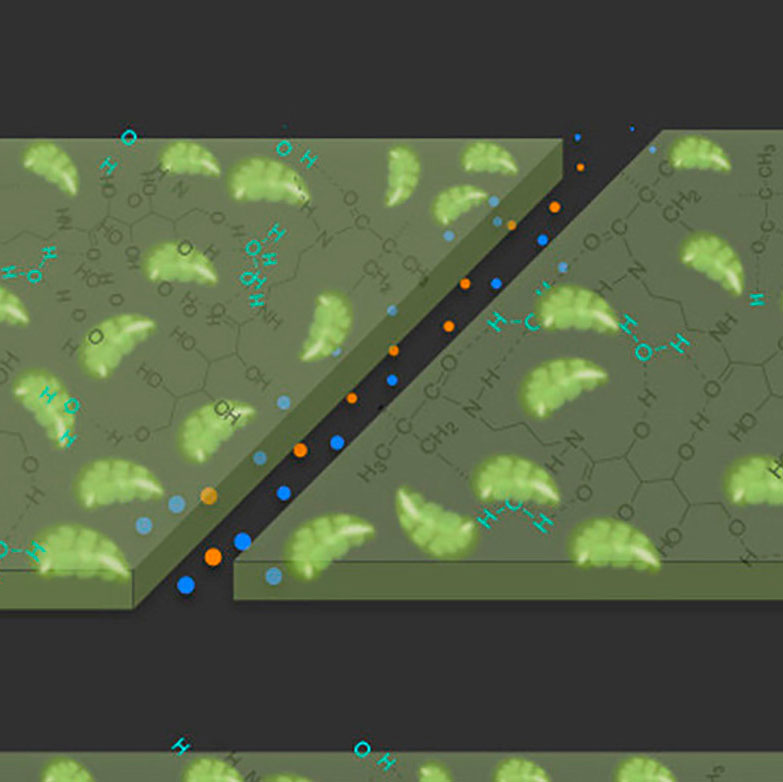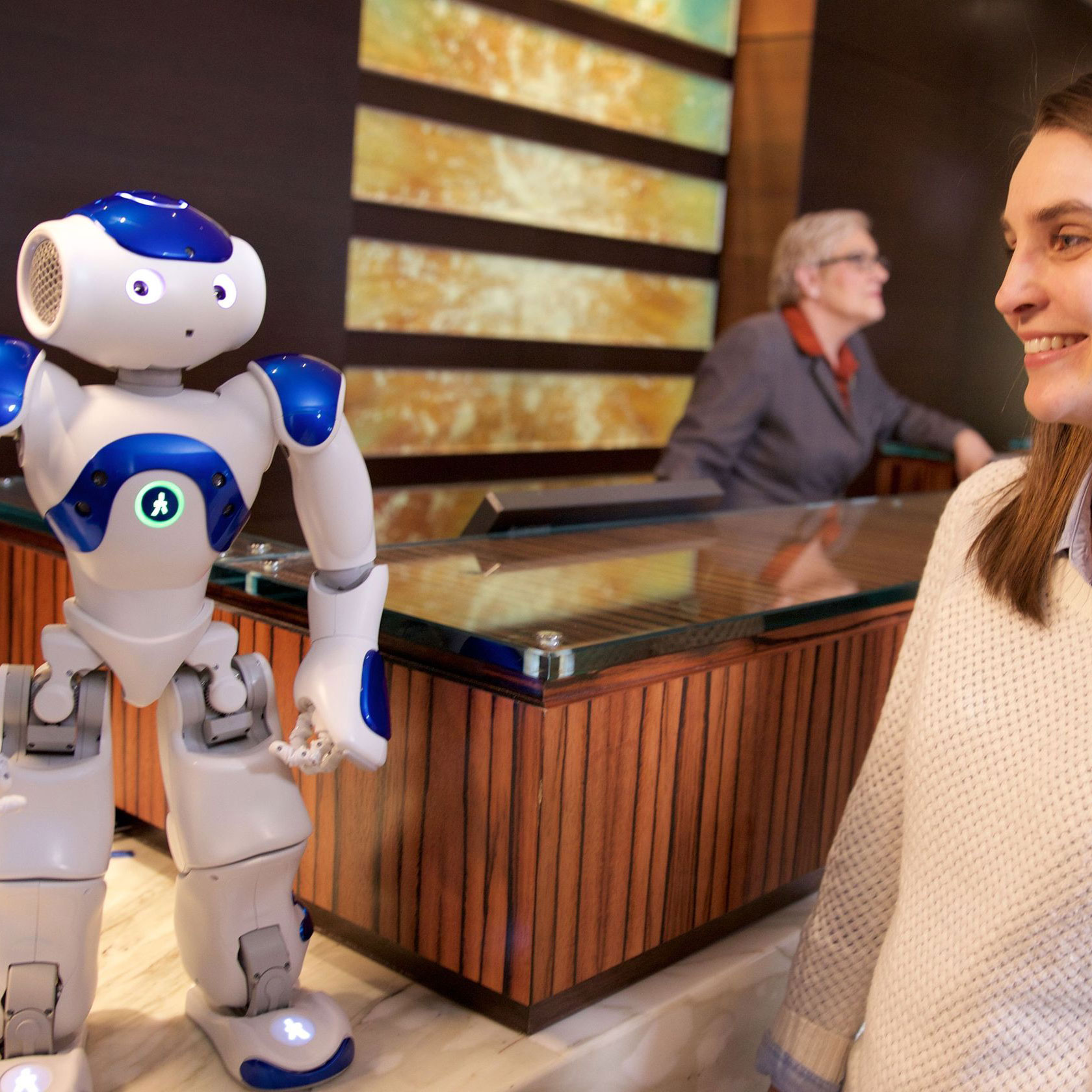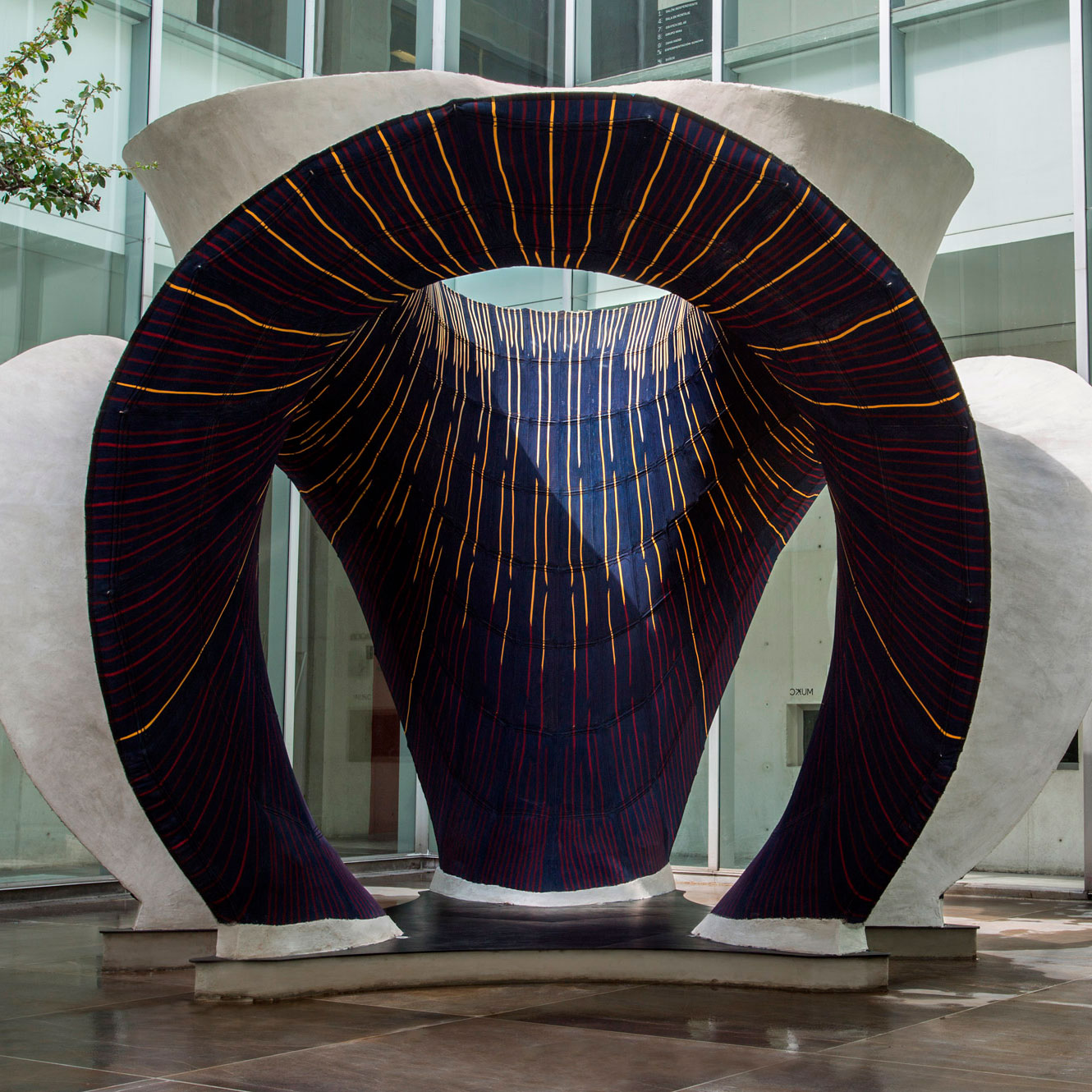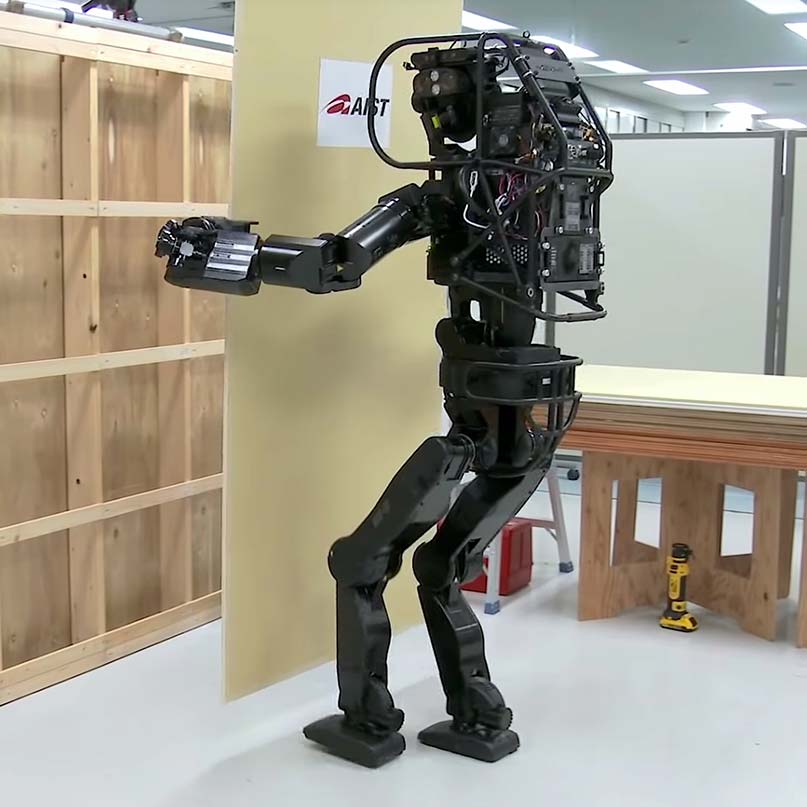The Saudi crown prince plans a landmark city in technology and innovation.
Mohammed bin Salman, crown prince of Saudi Arabia, plans to create an artificial city of 26,000 square kilometres in the Gulf of Aqaba, adjacent to the Red Sea and near the commercial routes of the Suez Canal. Amongst his plans is the idea of using the latest technologies and inventing those that do not yet exist, as well as relying exclusively upon renewable energy, in a project that aims to be a world reference in the field. "A place for the dreamers of the world," he said in the 2017 presentation speech. In this fantasy city called Neom, a name [...]
Microsoft Hologram.
Microsoft has created a hologram that transforms someone into a digital person who speaks another language. The software magnate presented its new technology during a Microsoft partner conference in Las Vegas. Using a combination of voice and body capture technologies, Azure AI and HoloLens, Microsoft created an almost photorealist hologram of executive Julia White. It then made the hologram give a speech in Japanese, a language that the real person is unable to speak.
New technologies to create personalised experiences.
Today, customers want establishments to anticipate their every need, in order to meet their requirements and enjoy a perfect stay. With new technologies, the actors in the sector can offer personalized and original experiences to attract and retain customers. To convert a basic stay into a dream one, actors can implement effective strategies with innovative digital tools. Augmented / virtual reality and connected objects offer, for example, virtual visits to hotel rooms to help potential guests choose accommodation. Many hoteliers use augmented reality to attract customers. It’s a way to publicize the services of the hotel through a sensory experience. [...]
Smart rooms at the service of customer experience
Nowadays, travellers seek new technologies and new experiences. Hotel companies know this and they should act to satisfy this demand. As such, smart hotels have become a priority for hoteliers. Actually, smart rooms have many functions that allow hotels to be more efficient. They allow costs to be reduced in terms of water and electricity consumption, and avoid personnel carrying out too many mechanical tasks. Currently, designing or renovating a room is not just about design and colours. In fact, transforming a room is about implementing new technological equipment; adjusting the lighting with several options to create a personalised ambience, [...]
MIT creates a new material that grows, strengthens and self-repairs with CO2
Engineers at MIT have created a material that grows, strengthens and self-repairs by extracting carbon dioxide, through a process similar to the way that plants incorporate carbon dioxide into their growth tissues. It is a polymer material that, should there be an imperfection or superficial crack, would self-repair the affected area just with the presence of the surrounding air and solar light or some type of interior illumination. This is a completely new concept in material science, that not only avoids the use of fossil fuels to create it, but it also has great benefits for the environment and climate, [...]
Technologies at the service of the client experience in the hotel industry
With the rise of new technologies, customer expectations continue to grow. Consumers are increasingly demanding, especially in regards to quality of service. Those involved in the sector have to confront this trend and hotel technology is developing at an incessant rate throughout the world. In fact, in this sector, customer experience is the key to success and new technologies are an inevitable way to meet consumer needs. This phenomenon is due to the change in customer behaviour and the emergence of new profiles. As a generation born between 1980 and 2000, Millennials grew up with new technologies and have a [...]
3D technology for new construction materials with fabric (+Video)
News of 3D construction technology implementation appears with enviable frequency. Plastic elements, concrete and even metal, as we said last month, made with 3D printers are already a reality, or will be in the very near future. This month, ETH Zurich researchers surprised us with a new breakthrough: the application of 3D woven fabric for construction technologies. "Weaving offers a key advantage: to create 3D shapes we no longer need to assemble different parts of a structure, because with the right point 'pattern', we can produce flexible formwork for any type of structure at the push of a button," [...]
Will robots be able to replace human workers?
This month, the National Institute of Advanced Industrial Science and Technology of Japan (AIST) presented a humanoid robot nicknamed HRP-5P designed specifically for the construction industry. We know that most assembly lines in factories are robotized and require less and less human capital. However, other sectors such as construction, require more complex and developed robotics to replace the standard worker. Robotics is slowly entering the construction industry, mainly due to the large investment required. With this new humanoid robot presented in Japan, we can already imagine how we will undertake work and construction in a future that’s not so far [...]
News of the future of 3D metal printing
For years we’ve been steadily progressing in the development of 3D printing. There are areas where the process is more advanced, such as in the case of plastic materials and others where options of great interest are being developed, such as concrete. However, in the case of metallic materials, their advance has been limited and they are still a challenge; until today. The difficulty of 3D printing in metal, is that there are no compositions that easily allow the extrusion process. Nevertheless, researchers at Yale University have just presented a recent study that throws some light on the question. A [...]
Immerse yourself in the world of digital art
Last June, the first fully digital art museum opened its doors: The Mori Building Digital Art Museum in Tokyo, Japan.










